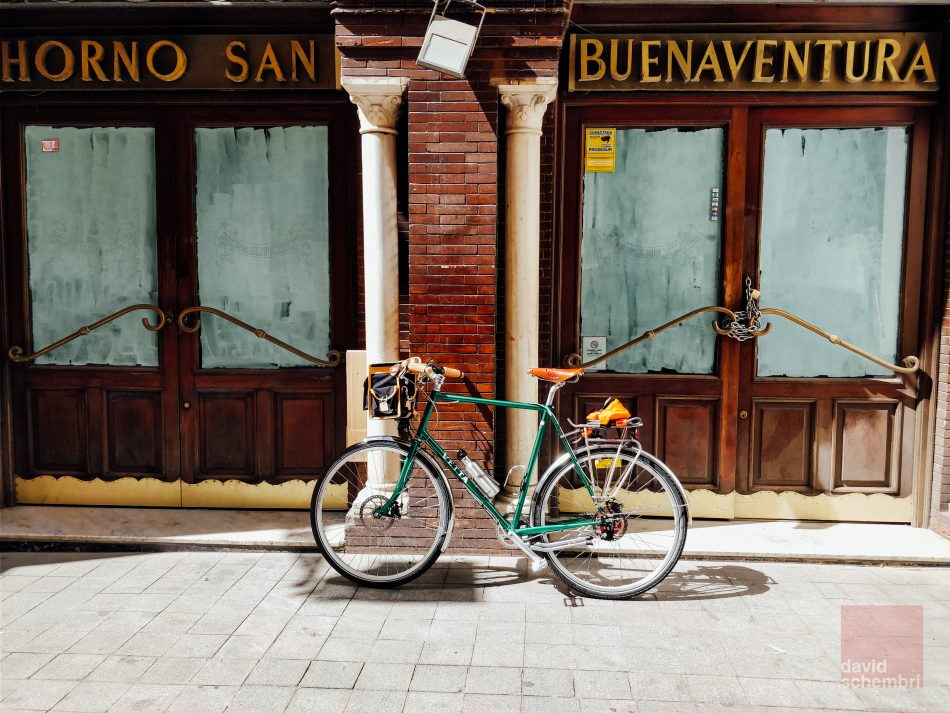
High-end hostels sound like quite the oxymoron – a bit like “Ryanair Business Class” – but just you’ll concede to sleeping in a dorm with strangers for a few nights, it doesn’t mean that you have to renounce everything you held dear, such as your preference for clean bathrooms and linen. The Black Swan is one such hostel – with the level of branding that a mere 10 years ago would have signalled a boutique hotel with marble floors and gold taps, and not somewhere you share a dormitory with a hen’s party from Milan (I’m not being hypothetical here).
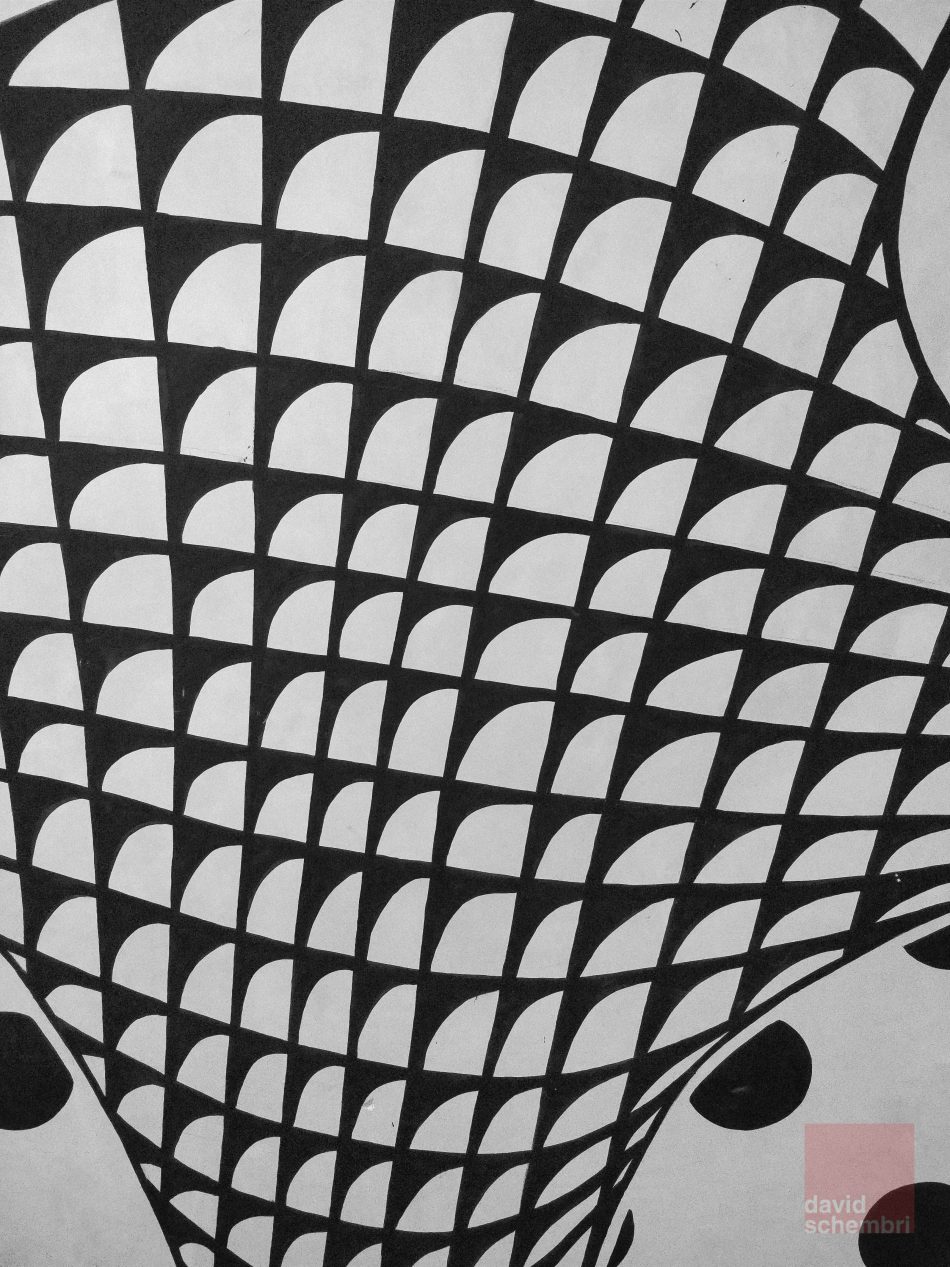
This was my second time staying at a hostel alone, and it was the first time I “got” why hostels were popular among backpackers and solo travellers beyond the cheap price – there is a sense of community and adventure there if you can tap into it, particularly if you’re a solo traveller with a story to tell. On my first hostel stay, at the Ostello Bello in Milan (with the heartwarming slogan “Questa casa non è un albergo”), stopping over en route to Brussels, I got a hint of that, including the gift of a wonderful tote bag and a recipe for vegetarian lasagne from one of the staff members, but I was not really in the right mood to make the most of that hostel’s hospitality (I don’t recall my roommates being particularly amicable, either).
The first order of the day was to get my (first) pilgrim’s passport from a nearby hotel. This passport – called the credencial in Spanish – is a folding card which you get stamped along the way to prove that you have indeed been following the Camino step by step. It’s also very easy to lose if you’re me (watch this space). I stepped out into a Seville that was fast gearing up for its biggest week of the year – Semana Santa. The streets and squares had towers of stacked folding chairs, and steel barricades flanked the main thoroughfares to prepare for the epic processions that take place, and to make moving around just that little bit harder.
It was at this stage that my eyes started tuning themselves to the Camino’s signposting – the yellow “concha” (shell) and the flecha amarilla (yellow arrows), which over the coming weeks would be my guiding light, and a reassurance I was on the right path.
I went out into the courtyard to start work on assembling my bike, which the hostel staff had stored safely over the night. For most of the time, I had the lay of the land to myself (I was up early) and I was able to prop the frame up on a couple of heavy-duty tables and the bike box itself. It was tough work, and occasionally fellow guests would pop out and have a chat.

A French dude around my age came out, drinking his tea, talking about my bike, and offering me Oreos (which I accepted). Further on into my shift, Maxwell, a Scottish wanderer got talking to me about his life and about his travels – him and his girlfriend had been living in Germany, and they were now spending some time auditioning Spain to see if living there suited them. Whereas the French guy had asked me how much my beautiful bike had cost me, once I had given the final touches to the dynamo wiring and the mudguards, Maxwell told me “that’s a beautiful bike, it shows that a lot of care has been put into it”. Maxwell had summed up what the bike meant to me: it wasn’t so much the money – Esmeralda, which was what I had christened my bike before the first tube had been brazed, was the fruit of hours of research, agonising, browsing, worrying and good old daydreaming. If it ever got stolen, I wouldn’t only mourn the money it cost me, but the amount of life I spent on this particular project. I wonder if Spain passed the audition after all.
With every bolt tightened and wheels spinning freely, I took the bike out for a spin in the immediate vicinity of the hostel – and what should happen if not the first fault of the trip? The seatpost was moving under my weight – the seatpost pin I had installed was too wide for this frame, but this shortcoming didn’t appear in my first shakedown ride around Luxembourg, waiting instead for a Saturday afternoon in Seville to manifest itself, perfectly timed to avoid any bicycle shops being open.

Back to the hostel it was, and after a little internet browsing, I rescued a Coke Zero can from the hostel kitchen, borrowed a pair of scissors from reception and fashioned the first shim of the trip using it. By this time, we were well into the afternoon, and my hopes of a day revisiting some of the sights that had enthralled me on my last visit to Seville were slowly being chipped away, one bolt at a time. One pleasant side-effect of turning soft drink cans into shims is that it’s an excellent conversation starter – in my case with Eva, a Dutch doctor around my age who was on a long trip before starting a new job.
In the evening, I went to a flamenco show at the Casa de la Memoria del Flamenco, which was excellent, had a disappointing dinner, followed it up with a sad churro, then went back to the hostel, and to sleep. The trip I had been waiting to start for so long was only one sleep away. Honestly, I could wait.

Read part 1 here and part 2 here.




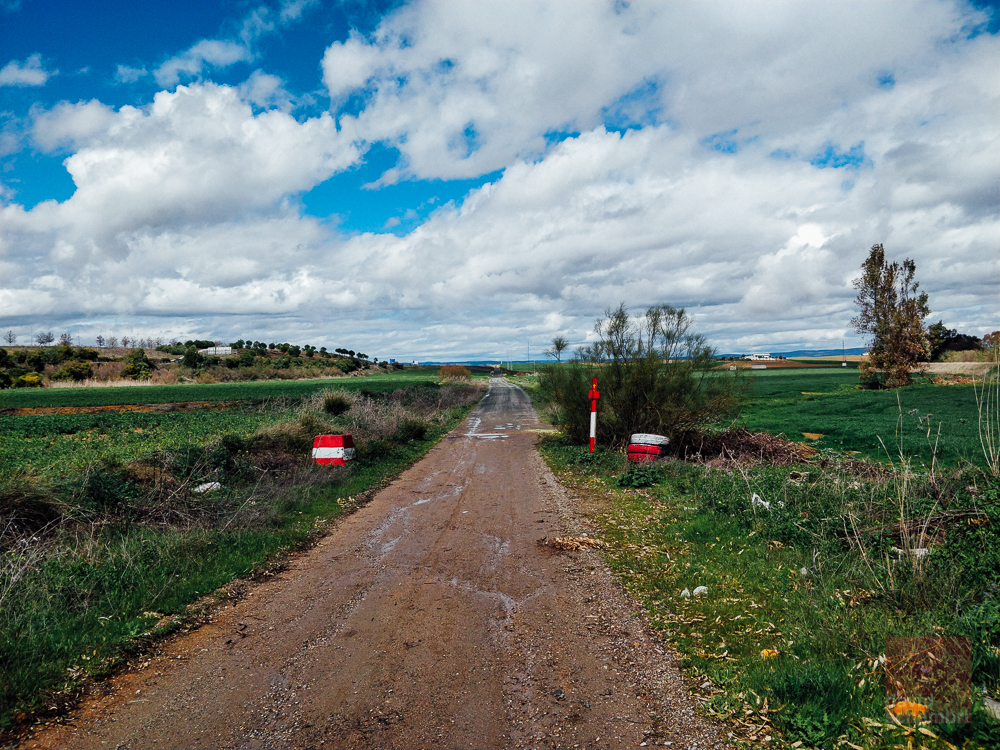
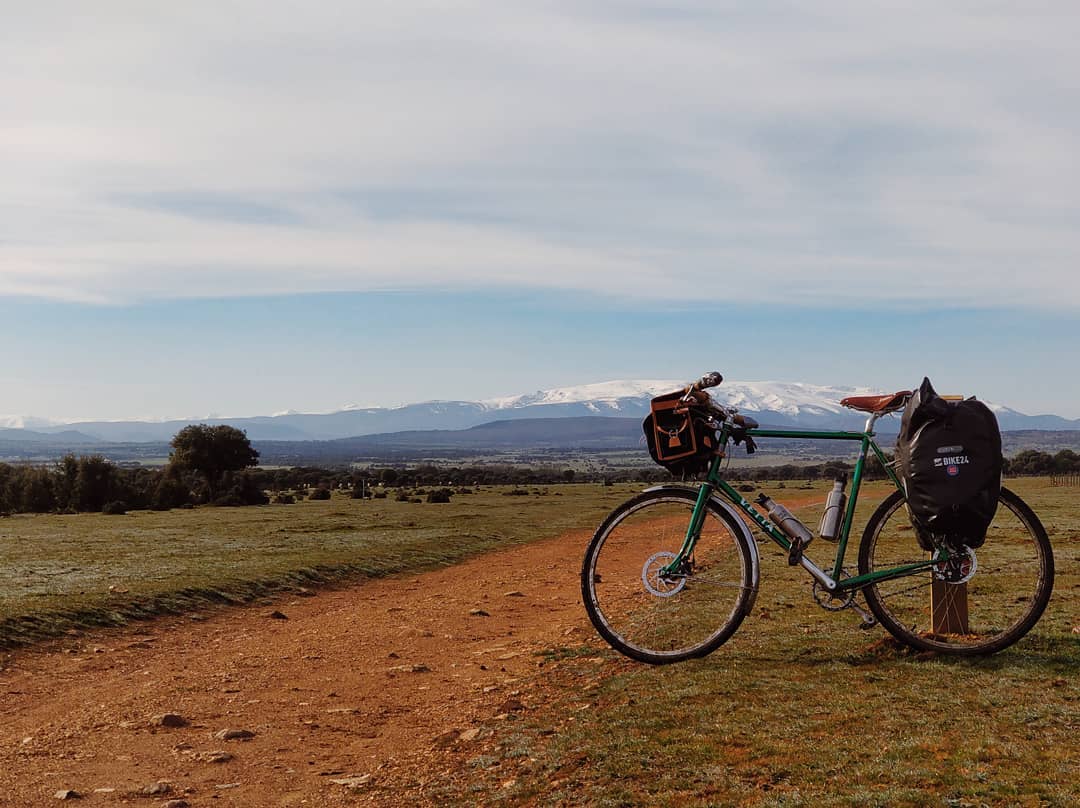

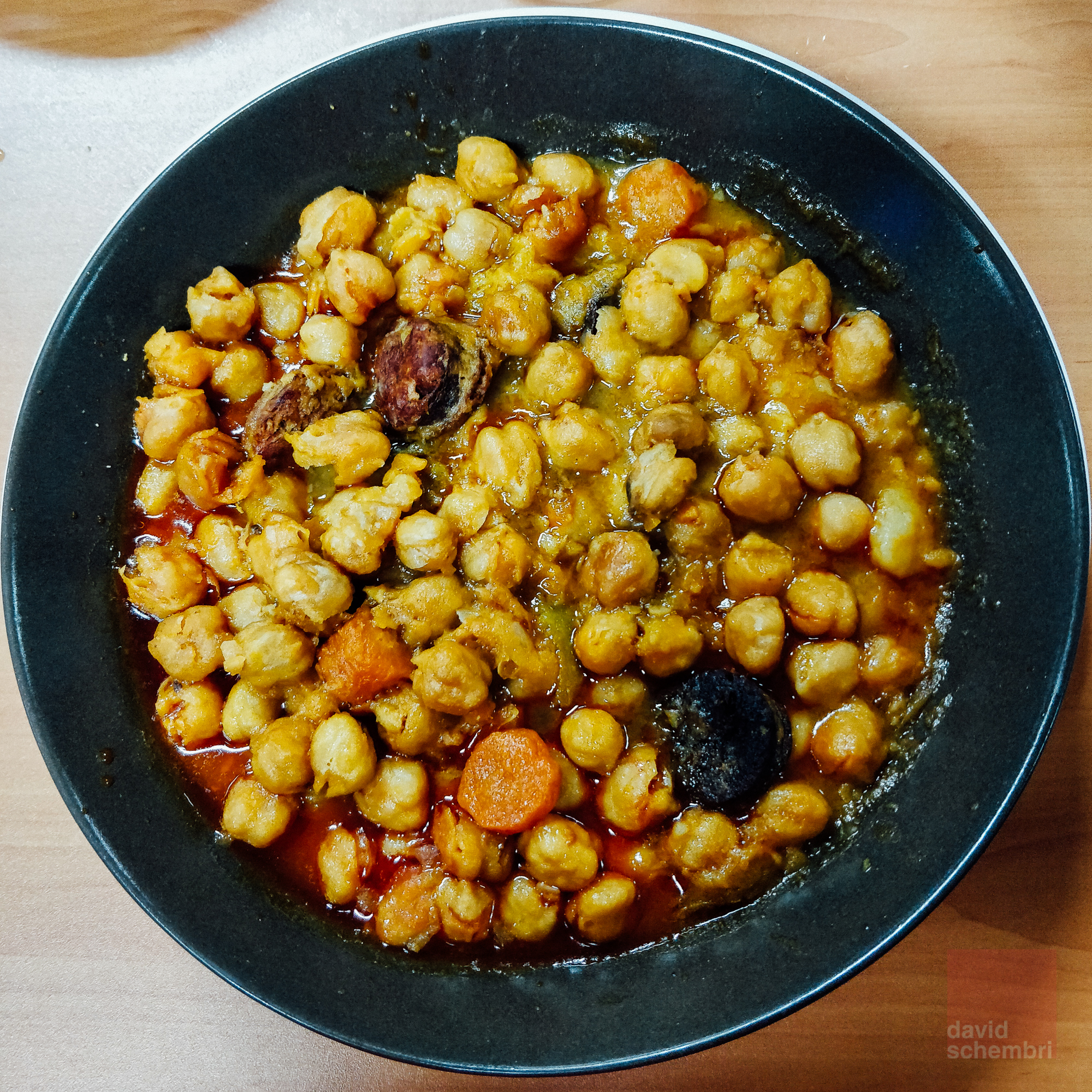
Pingback: From Seville to Santiago – the rain in Spain | DAVIDSCHEMBRI.COM